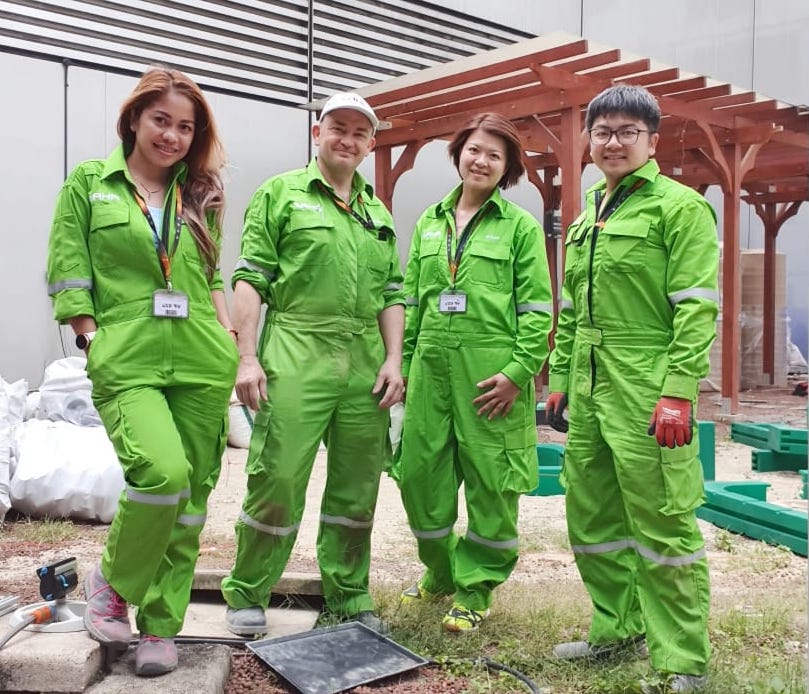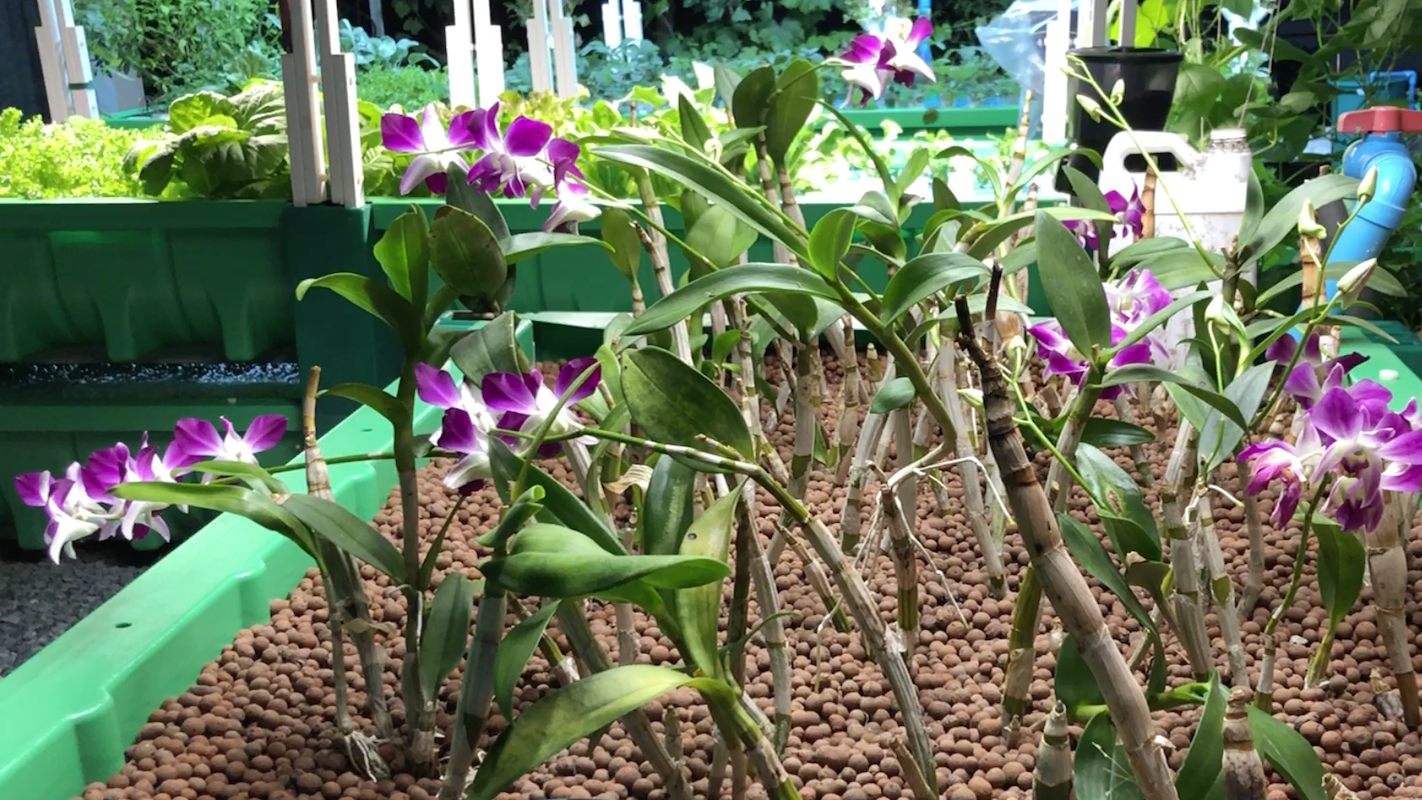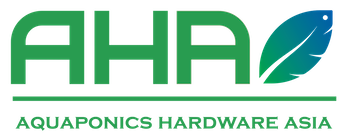Our aquaponics designs are inspired from Mother Nature.
AHAponics is reproducing a natural growth process in a controlled environment.
The fish are converting the proteins contained in the fish food into Ammonia (NH3 and NH4). We call this ammonia Liquid Waste.
Nitrifying bacteria (Nitrosomonas, Nitrosospira, Nitrosococcus) convert ammonia into nitrites (No2). Then Nitrobacter, Nitrospina, Nitrococcus convert nitrites (NO2) into nitrates (NO3). This process takes place everywhere in the system.
The plants consume the nitrates and maintain the system in balance.

Managing solid waste is a more challenging task, and AHAS R&D team has developed a efficient and simple methodology that constitutes the heart of all AHAponics systems.
The other important step we learned from Mother Nature is Mineralization. This brings the plant the mineral elements required for proper growth.
Our Offering
Equipment
Our DWC equipment are designed to be the backbone of both Domestic and Commercial aquaponics systems.
Architecture Services
Our AHAponics Architect Engineers will design your unit. We deliver customized designs based on your area size and climate, and your production targets. Contact us.
Technical assistance
We offer 24/7 remote technical assistance to our customers.
Our teams are also available to visit your site. See our consulting options for more details.
Training and coaching
We offer consulting services should you need assistance to better understand aquaponics, start your unit, and operate it. Our dedicated courses can be customized to suit your team training and coaching needs.
Meet The Team
We are hands-on aquaponics experts who believe everyone should have access to healthy Aquaponically grown food.
Aquaponics involves Aquaculture, Biology, and Agriculture, but most importantly Fluid Mechanics Engineering. We are Engineers who simply give Fish, Bacteria, and Plants a suitable environment to live in a naturally balanced ecosystem.


Enviromental Concerncs
Our products are made of durable plastics and aluminum alloy. We are frequently questioned about the use of plastic for a sustainable and natural system. So let us state the obvious. There are two types of plastic.
The one you drop in the trash every day

The one you keep for 20 years

